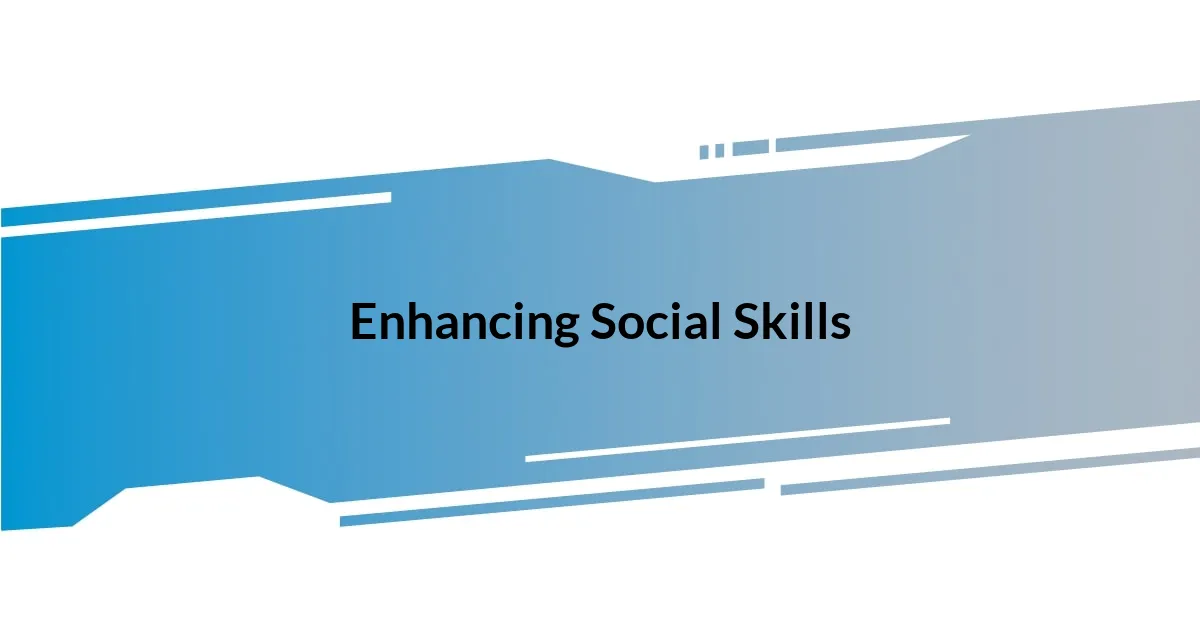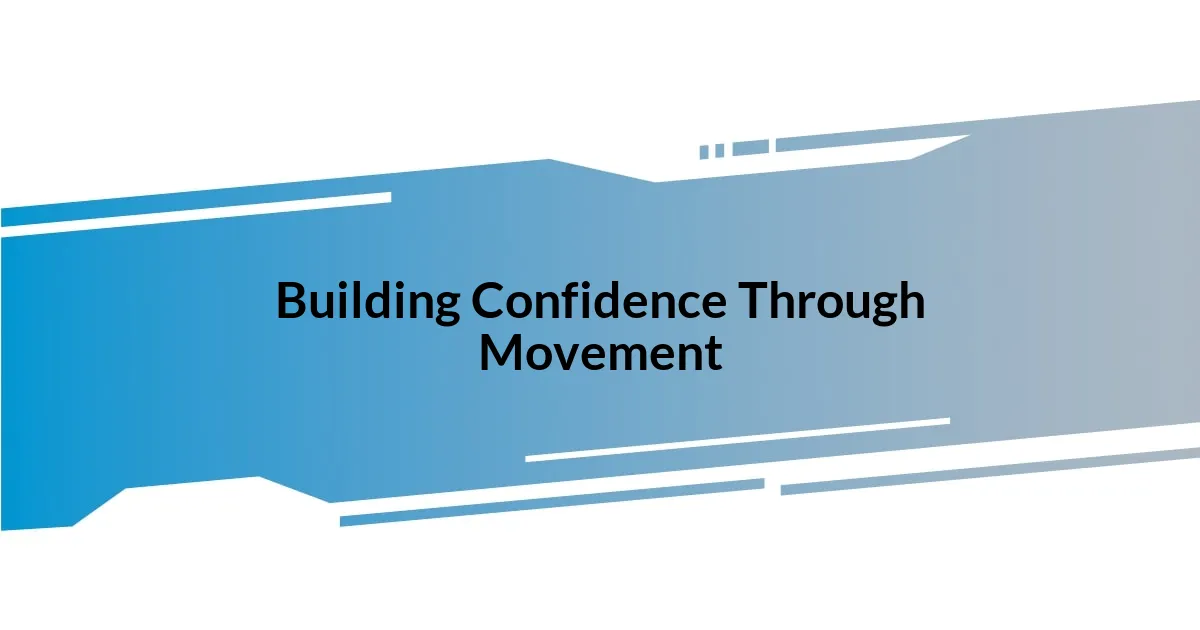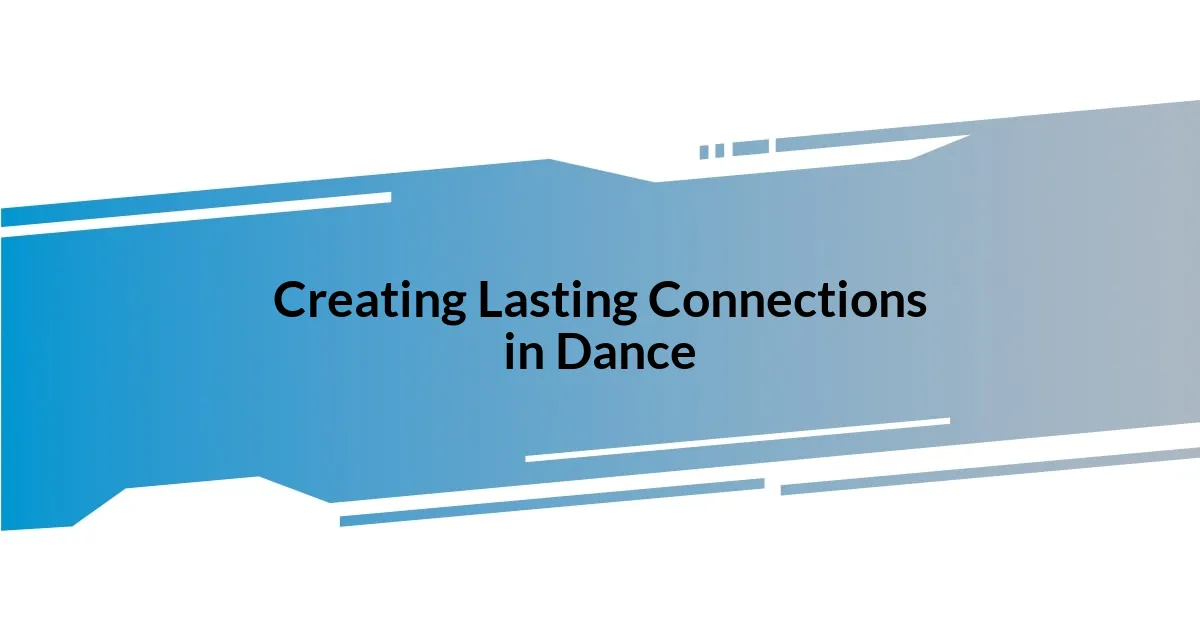Key takeaways:
- Dance workshops foster a sense of community and belonging, helping participants feel connected and supported.
- Engaging in dance promotes personal growth, enhancing qualities like confidence, resilience, and mindfulness.
- Participating in dance enhances social skills through collaboration, communication, and the exploration of diverse perspectives.

Benefits of Dance Workshops
One of the most significant benefits of dance workshops I’ve experienced is the sense of community they foster. I remember stepping into my first class, feeling nervous and out of place, only to find that everyone shared my passion and insecurities. Have you ever felt that rush of belonging, where you realize you’re part of something bigger? It’s a feeling that stays with you long after the music stops.
Moreover, dance workshops provide an incredible outlet for self-expression. I often find myself lost in the choreography, where every movement becomes a reflection of my emotions. Isn’t it fascinating how dance can communicate what words sometimes cannot? Through these workshops, I’ve discovered new aspects of myself that I never knew existed, deepening my understanding of who I am.
Another major benefit is physical fitness, which often becomes a delightful side effect of dancing. I used to think I wasn’t athletic, but after just a few workshops, I noticed my stamina improving significantly. Isn’t it amazing how something that feels like pure joy can also work wonders for our health? I now look forward to each session, not just for the dance but for the way it makes me feel vibrant and alive.

Personal Growth Through Dance
Personal growth through dance has been a transformative journey for me. I vividly recall a time during a workshop when I pushed through a particularly challenging routine. I felt that pang of frustration creeping up, but as I persevered, I discovered a well of resilience I never knew I possessed. That moment illuminated how dance not only trains the body but also fortifies the spirit.
Here are some key insights I’ve gathered about personal growth through dance:
- Confidence Boost: Each time I nailed a new move, it ignited a sense of pride that extended beyond the studio.
- Emotional Resilience: Dancing through tough emotions taught me to navigate life’s ups and downs with grace.
- Mindfulness: Being fully present in the moment while dancing helped me develop a greater awareness of my body and thoughts.
- Risk-taking: Trying new dance styles encouraged me to step outside my comfort zone in other areas of my life, whether it’s tackling a presentation at work or engaging in new social experiences.
Dance workshops opened my eyes to the endless possibilities within me, and I find myself continually evolving as a person on this vibrant journey. Every class is a new opportunity not just to learn a step, but to lean into the layers of who I am and who I can become.

Enhancing Social Skills
It’s intriguing how dance workshops can significantly enhance social skills. For instance, there’s a bonding experience that unfolds naturally during group activities. I remember an icebreaker during a workshop where we had to pair up and mirror each other’s movements. It felt slightly awkward at first, but soon enough, it morphed into a fun and trust-building exercise. Have you ever tried to dance in sync with someone? You quickly learn to read body language, build rapport, and connect on a deeper level.
Through consistent participation in these workshops, I noticed my ability to communicate effectively improved greatly. I recall a moment when we had to create a short routine in small groups. The process required clear communication, not only to share ideas but also to provide constructive feedback to one another. This collaborative effort sharpened my listening skills and helped me articulate thoughts more coherently. Isn’t it remarkable how movement can lead to meaningful dialogue?
Additionally, the diverse array of participants I met in these workshops enriched my social understanding. I became more open and accepting of different perspectives and cultures. I remember dancing next to someone from a completely different background. Our conversations often revolved around our contrasting styles and interpretations of movement. It truly broadened my horizons, illustrating that dance is not just an art form but a universal language that fosters connection.
| Workshop Activity | Social Skill Enhanced |
|---|---|
| Partner Dancing | Non-verbal Communication |
| Group Choreography | Teamwork |
| Feedback Sessions | Constructive Criticism |
| Mixed Background Classes | Cultural Awareness |

Physical Fitness and Dance
Dance offers an incredible avenue for physical fitness that goes beyond mere exercise. I remember attending a hip-hop workshop where we spent an entire hour freestyle dancing. It was exhilarating, and I didn’t even realize how intensely I was working out until the class ended, and my shirt was drenched. That surprising sense of exhaustion mixed with excitement showed me how dance can elevate your heart rate while also bringing joy.
The beauty of dance lies in its variety; every style engages different muscle groups, leading to well-rounded fitness. In a contemporary dance class, I discovered muscles I didn’t even know existed! The fluidity of movements required a level of core strength that forced me to really engage my body. Have you ever felt your body acting almost like a canvas? I certainly did, as every stretch and lift painted a clearer picture of my physical capabilities.
Moreover, the social aspect of dance workshops contributes significantly to physical fitness. I recall a group salsa session that brought an unexpected synergy among participants. We not only got fit but also pushed each other to try new moves, making fitness a collective and exhilarating experience. It made me realize that working out doesn’t need to be a lonely endeavor. Isn’t it fascinating how we can achieve more when surrounded by supportive peers? The energy in those classes kept me motivated, leading to fitness gains that felt far less like work and much more like fun.

Emotional Expression in Dance
Emotional expression in dance is a remarkable journey that allows us to share our innermost feelings through movement. I vividly recall a contemporary dance workshop where the instructor encouraged us to explore our emotions while performing. As I let go and followed the music, I experienced a wave of vulnerability, transforming my anxiety into fluid motion. Have you ever felt a song resonate so deeply that it almost compelled you to move? That’s what happened to me; it felt liberating.
In another workshop focused on improvisation, we were tasked with embodying different emotions. I chose to express joy, and it was incredible how my body responded. The laughter and uplifting movements generated a positive energy that permeated the entire room. It was fascinating to witness how my fellow dancers conveyed sadness or anger with stark contrasts in their movements. This diverse emotional palette beautifully illustrated that each dancer has a unique story to tell through their body. How powerful is it to communicate without words?
I also learned that the beauty of dance lies in its ability to heal. During one session, we were invited to share our personal experiences related to loss and heartache. As we danced, I noticed how emotional release transformed grief into something tangible. The cathartic experience of moving together fostered a profound sense of community, supporting one another silently but powerfully. Isn’t it amazing how rhythm and movement can serve as an emotional outlet, allowing us to confront our feelings in a safe space? Each dance became a healing ritual, connecting our hearts in ways I had never anticipated.

Building Confidence Through Movement
I’ve found that movement in dance can be an incredible catalyst for building confidence. During a jazz workshop I attended, we were encouraged to perform a short routine solo in front of our peers. At first, I felt a wave of nerves crash over me, but as I stepped onto the floor and embraced the music, I realized how freeing it felt to express myself. The supportive applause from my classmates afterward lifted my spirits immensely. Have you ever discovered a strength within yourself, just by taking that first step?
Confidence, I believe, grows from the moments where we challenge our limits. In a ballet class, I struggled with a particular move called a pirouette—it felt impossible! But after persistent practice and a few tips from the instructor, I finally spun around successfully. The elation that surged through me was undeniable. Suddenly, that seemingly unattainable goal became a stepping stone in my journey. Isn’t it remarkable how these little victories stack up to bolster our self-esteem?
What astonished me the most was how dance builds confidence beyond the studio. I remember sharing my progress with a friend who was going through a tough time. Just discussing my journey made me realize the impact of dance on my self-image. I noticed how this newfound confidence rippled into other aspects of my life. Whether it was speaking up in meetings or trying new experiences, I felt more assured in my decisions. Don’t you think dance can teach us to embrace who we truly are, both on and off the stage?

Creating Lasting Connections in Dance
Creating connections through dance workshops is something I find truly extraordinary. I remember a moment during a salsa workshop where, despite being strangers, we quickly became a cohesive group. The instructor encouraged us to pair up and lead each other through the steps, fostering trust and collaboration. This simple act turned strangers into partners, as we laughed and learned together, bound by the rhythm of the music. Have you ever felt that rush of connection with someone, simply by moving together?
In another instance, I participated in a hip-hop class that turned into a mini-community event. After practicing our routines, we began sharing personal stories behind our movements. It was incredibly touching to see how different backgrounds and experiences shaped our dance styles. This sharing created a powerful camaraderie among us. How often do we have the opportunity to connect so deeply over a shared passion? Dancing together opened doors to conversations that would have otherwise remained closed.
I’ve also noticed that these connections extend beyond the dance floor. After a workshop, a group of us decided to meet weekly, transitioning from formal lessons to casual jam sessions. These gatherings fostered friendships that lingered outside of dance. We checked in on each other’s lives, celebrating victories or offering support during tough times. Isn’t it wonderful how a shared interest, like dance, can pave the way for lasting relationships? Through these connections, I’ve learned that the true beauty of dance lies not only in the art form itself but in the bonds we create along the way.
